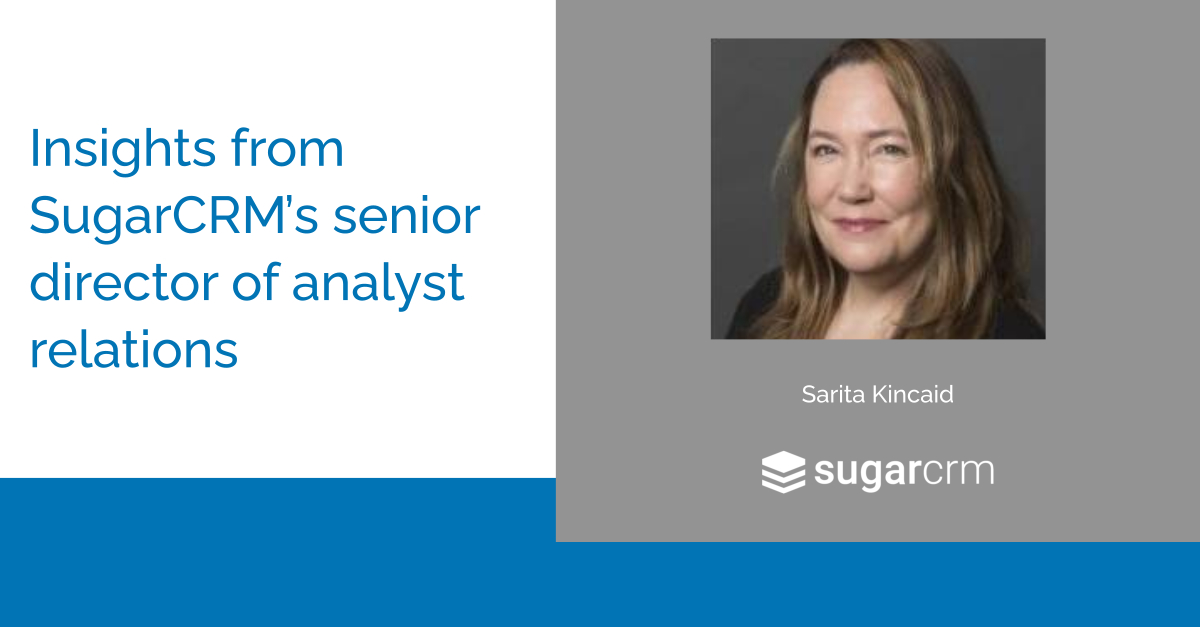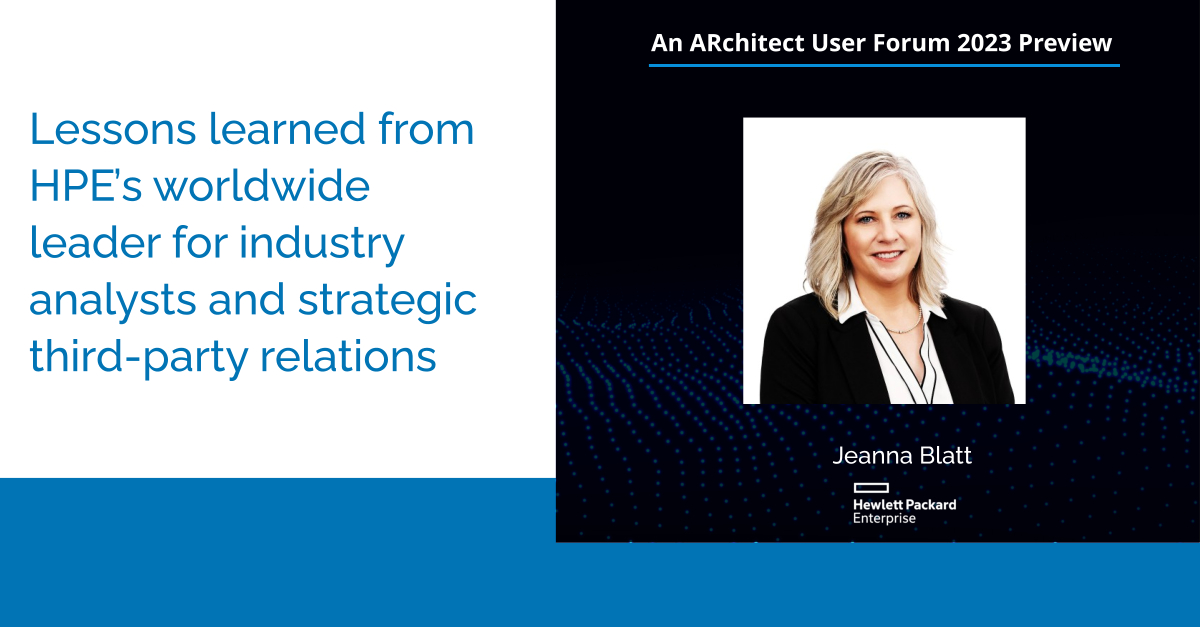As a strategic and often highly visible function, analyst relations (AR) drives value in many ways at organizations — increasing exposure for the company, influencing sales, delivering competitive intelligence and market insights, and more.
To understand the impact that analyst relations has — and how well AR is moving the needle — companies often seek to measure AR results, looking at metrics including report inclusions and placements, analyst interactions, share of voice, trends in analyst sentiment and deals influenced through AR. AR pros are often called on to produce reports on metrics, both at expected intervals (such as for board meetings or quarterly business reviews) and at a moment’s notice, based on requests from executives.
But poring through emails, searching research firms’ sites for coverage, and manually keeping spreadsheets up to date can be time-intensive and cumbersome. Leading AR programs, like at SugarCRM, use technology to expedite, simplify and improve the accuracy of AR reporting.
We were excited to connect recently with Sarita Kincaid, who leads AR at SugarCRM and shares reporting best practices – along with the importance of aligning with executives and tips for boosting AR productivity – in the Q&A below. Sarita will be one of the featured speakers at our ARchitect User Forum this year, being held virtually Dec. 7-8. Read on to learn more about the value of AR at SugarCRM and how the company sets itself up for AR success:
Q: Could you please briefly describe your role at SugarCRM?
A: As senior director of analyst relations, I lead the analyst/influencer relations function for the company.
Q: What is the mission of your AR team?
A: The mission of our AR program is two-fold: to expand brand awareness for SugarCRM and to accelerate sales.
Q: What value does SugarCRM place on analyst relations?
A: Having partnered early on with our executive staff and business leaders, AR is now considered a strategic function within our company. It’s great to work in a company that understands the value of analysts and their role within the sales cycle.
Q: What AR challenges does your organization face?
A: Bandwidth is a primary one. This is a common challenge for many AR programs, especially among smaller teams.
The days of traditional AR programs, focused only on formal vendor/analyst interactions, are over, and that’s not a bad thing. There’s a lot more opportunity for AR programs to add value in ways they couldn’t before. The growing field of influencer relations and its intersection with analyst relations is a great example — there’s a lot of opportunity to increase the footprint of an AR program by engaging new influencers who will bring your message to new audiences, on new platforms (and hopefully to new buyers!). But, along with the opportunity is the obvious challenge that there are only so many hours in a day.
Q: How do you use people, process and technology to solve them?
A: One way to effectively scale an AR program is to enable others to augment your efforts. At SugarCRM, we’re leveraging people from several departments to help us take our message to market and to develop deeper relationships with our influencers.
As for process: There’s no rocket-science here… just figuring out best practices and then adhering to them.
In terms of technology: ARchitect is our go-to tool and system-of-record. We use it not only for updating interactions and keeping an eye on our analysts’ activities, but also as a powerful tool that measures and simplifies reporting. This is also key for tracking areas of program opportunity — you must be able to measure what you want to improve.
Q: What is the tentative title of your User Forum presentation? What’s the single most important thing people will learn from it?
A: The presentation is called “Leveraging ARchitect for Reporting Dashboards.” Attendees will learn how our AR program generates reporting insights using data from ARchitect.
Q: Are there any AR or technology productivity “hacks” you can share with our blog readers?
A: There are no shortcuts to great AR, but having a creative, curious and tenacious approach will always pay off. Most importantly, having a mindset that there’s always more to learn is key to creating and growing a best-in-class program.
As for technology productivity: Learn as much as you can about the technologies you’re using to enhance and extend your AR program. Sometimes you don’t know what you don’t know, so it’s good to ask for help or ideas about how to get more out of the tools you’re already using.
Want to hear more from Sarita and other AR pros? Join us at ARchitect User Forum Dec. 7-8, from 9 a.m. – 12 p.m. PT each day. The virtual event is an opportunity to learn new AR strategies, listen to real-world success stories and share ideas with other AR practitioners across the globe. We hope you’ll register and join us!




